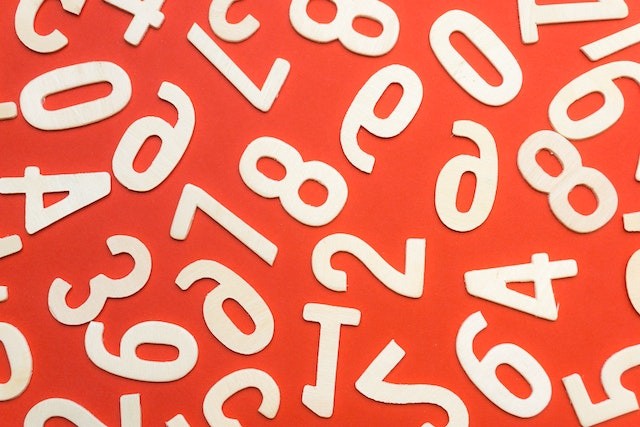
There are mixed opinions about the biggest number because of infinity, which is literally bigger than any number you can imagine. However, while it's unimaginable, there's a finite number considered to be the largest.
What Is the Biggest Number?
Different terms associated with numbers represent figures bigger than billions and even trillions. Yes, there are quintillion, sextillion, septillion, octillion, nonillion, and decillion. However, they are far from being the biggest number because they can still be doubled, tripled, multiplied by 10, squared, cubed and more.
USA Today shared the biggest numbers, according to scientists, physicists, and mathematicians. Check out the list below.
Avogadro's number
According to Scientific American, this number describes the quantity of particles in the unit of measurement known as a mole and is most conveniently stated as 6.022 x 1023.
Eddington number
According to Wolfram Mathworld, the Eddington number in physics is 136 x 2256, or around 1.575 x 1079 (not to be confused with the Eddington number in cycling). Eddington estimated that there are approximately this many protons in the universe.
Googol
The simplest way to represent a googol is 10100. It is, therefore, a one followed by a hundred zeros. According to Live Science, the number was mentioned by Edward Kasner in his 1940 book, "Mathematics and the Imagination."
Kasner ascribes the name of the value to his nine-year-old nephew. Years later, Larry Page and Sergey Brin named their search engine after the number, even though a student who worked for them accidentally mistyped the name. As a result, we have Google, according to Live Science.
Googolplex
A googolplex is a number equal to 10 multiplied by a googol. It can be written as 10googol or 1010100, according to the Merriam-Webster online dictionary.
ALSO READ : Hidden Math Behind Sand Megaripples on Earth Could Help Improve Ability to Infer Past Climate Events
Graham's Number
The enormous, finite number known as Graham's number is named after Ronald Graham. Although we know it finishes in a seven and is divisible by 3.
Plus Magazine claims this number is so lengthy that the universe cannot contain all its digits. To make it clear, Graham's Number is the biggest among the aforementioned.
How Big Is Graham's Number?
Graham used the up-arrow notation to formally define this number. The up-arrow notation expands the standard arithmetic operations of addition, multiplication, and exponentiation.
This up-arrow notation is used to define the number that has come to be known as Graham's number, which is defined in a cumulative process that produces power towers of threes that quickly spiral beyond any magnitudes we can think of.
Graham's number is not the exact number that appeared in Plus Magazine's paper; it is a slightly larger and slightly easier-to-define number that he explained to Martin Gardner shortly afterward.
The best thing about Graham's figure is that this unfathomably vast amount is a precise number, not some abstract idea. According to the report, it is a whole number, and since it is defined as a tower of powers of three, it is simple to determine that it is a multiple of three. Mathematicians have also discovered many new things about the procedures used to establish Graham's number, such as the fact that once a power tower is tall enough, the right-most decimal digits will eventually remain the same, regardless of how many further levels you add to your tower of powers.
Graham may be unable to write his number down, but we know it ends in seven.
RELATED ARTICLE : 4-Year-Old Preemie Turns to Be a Math Genius, Outsmarts Teachers
Check out more news and information on Mathematics in Science Times.












